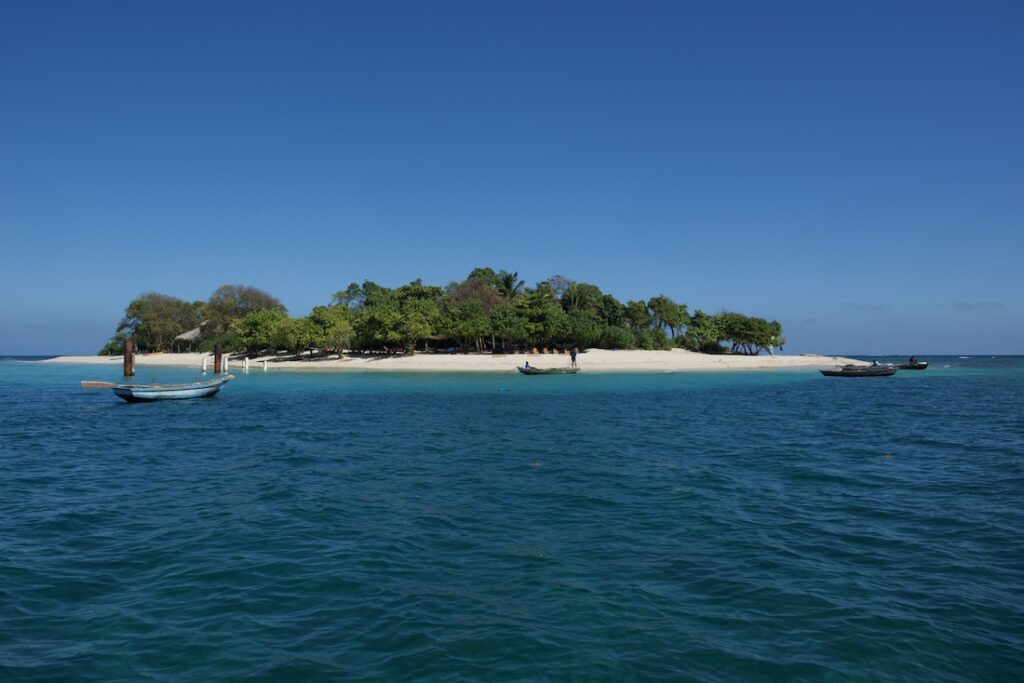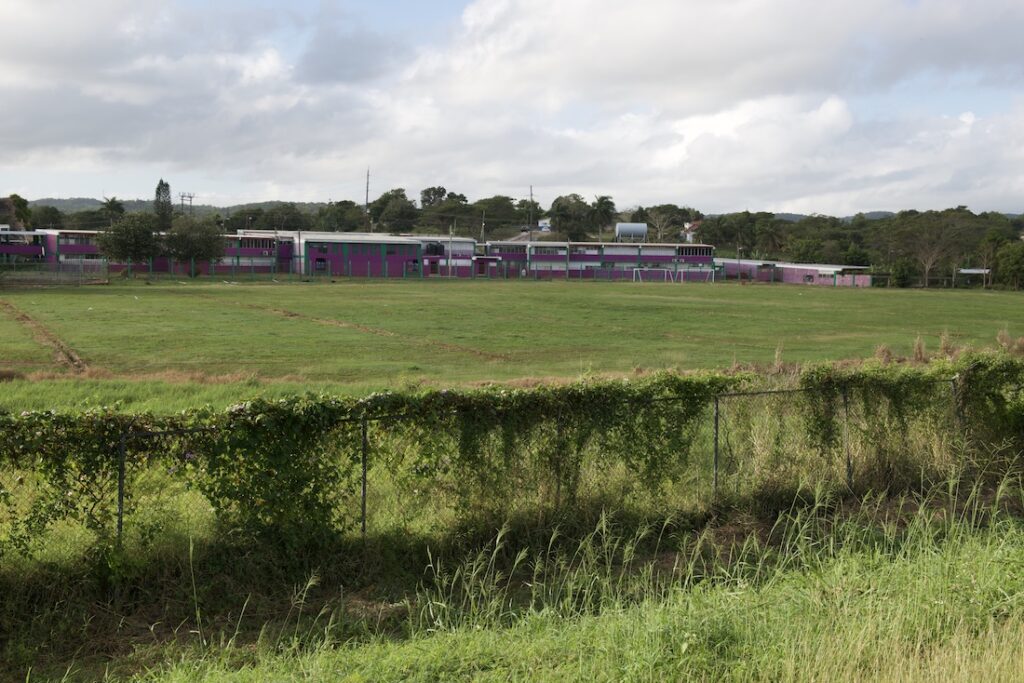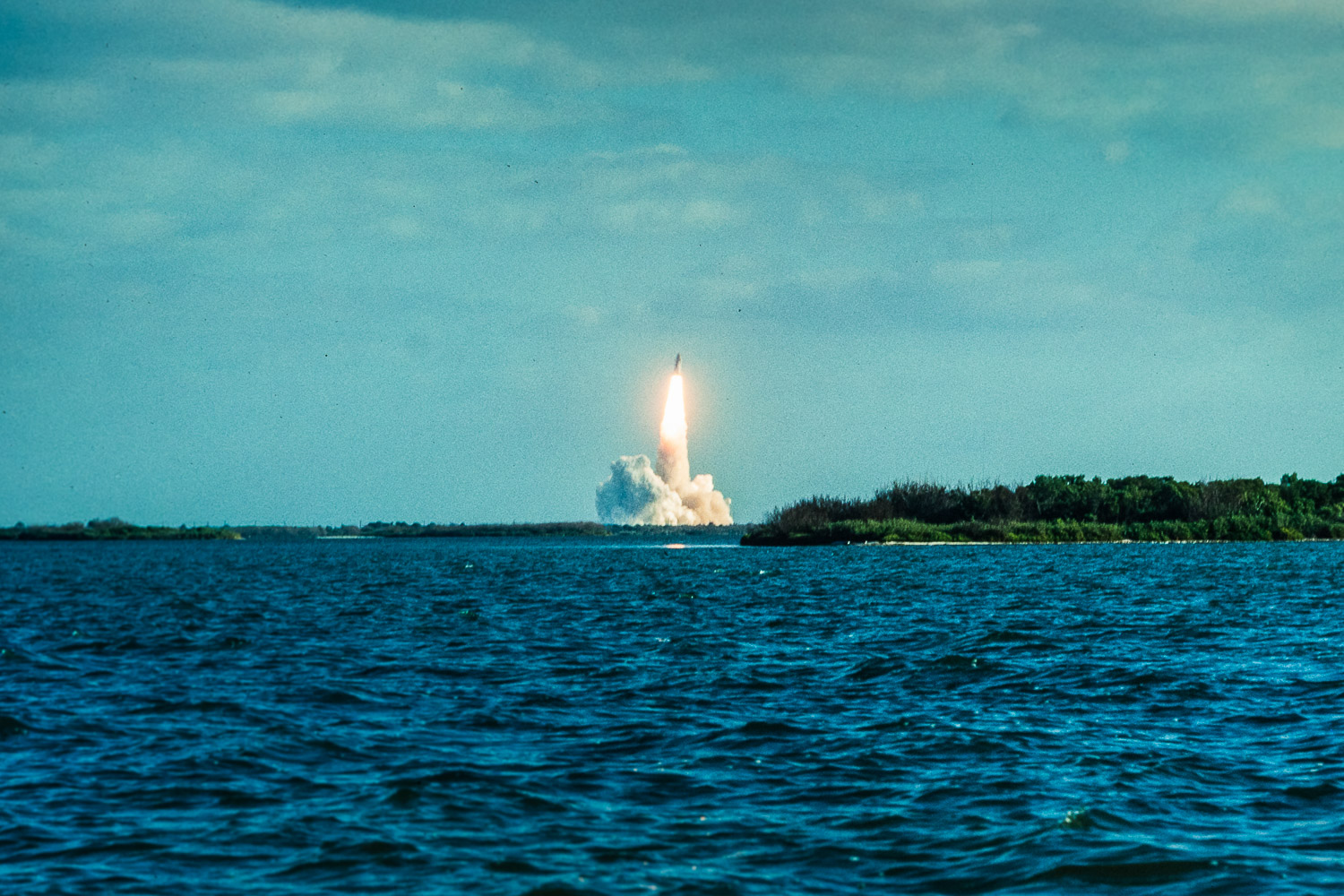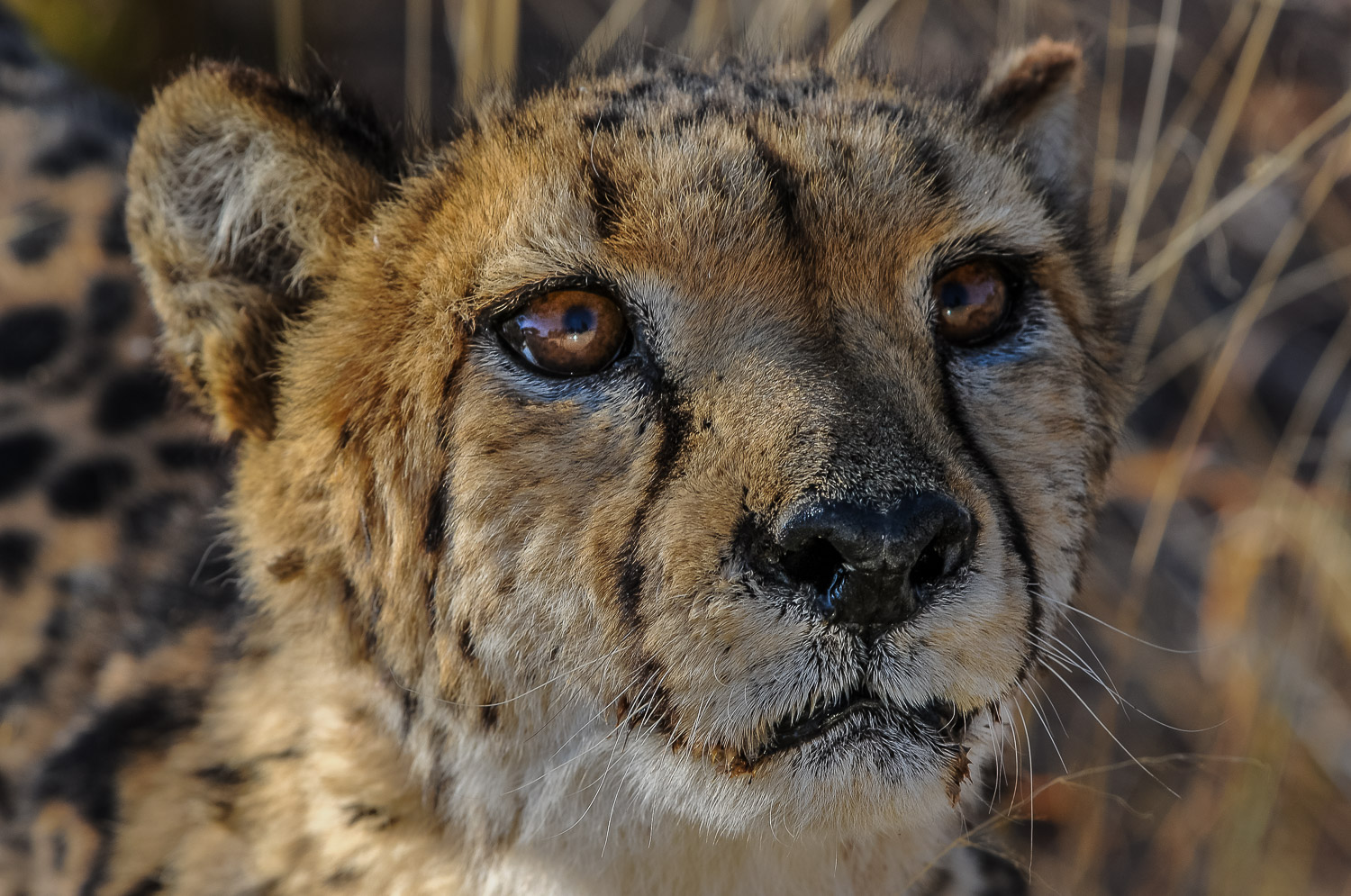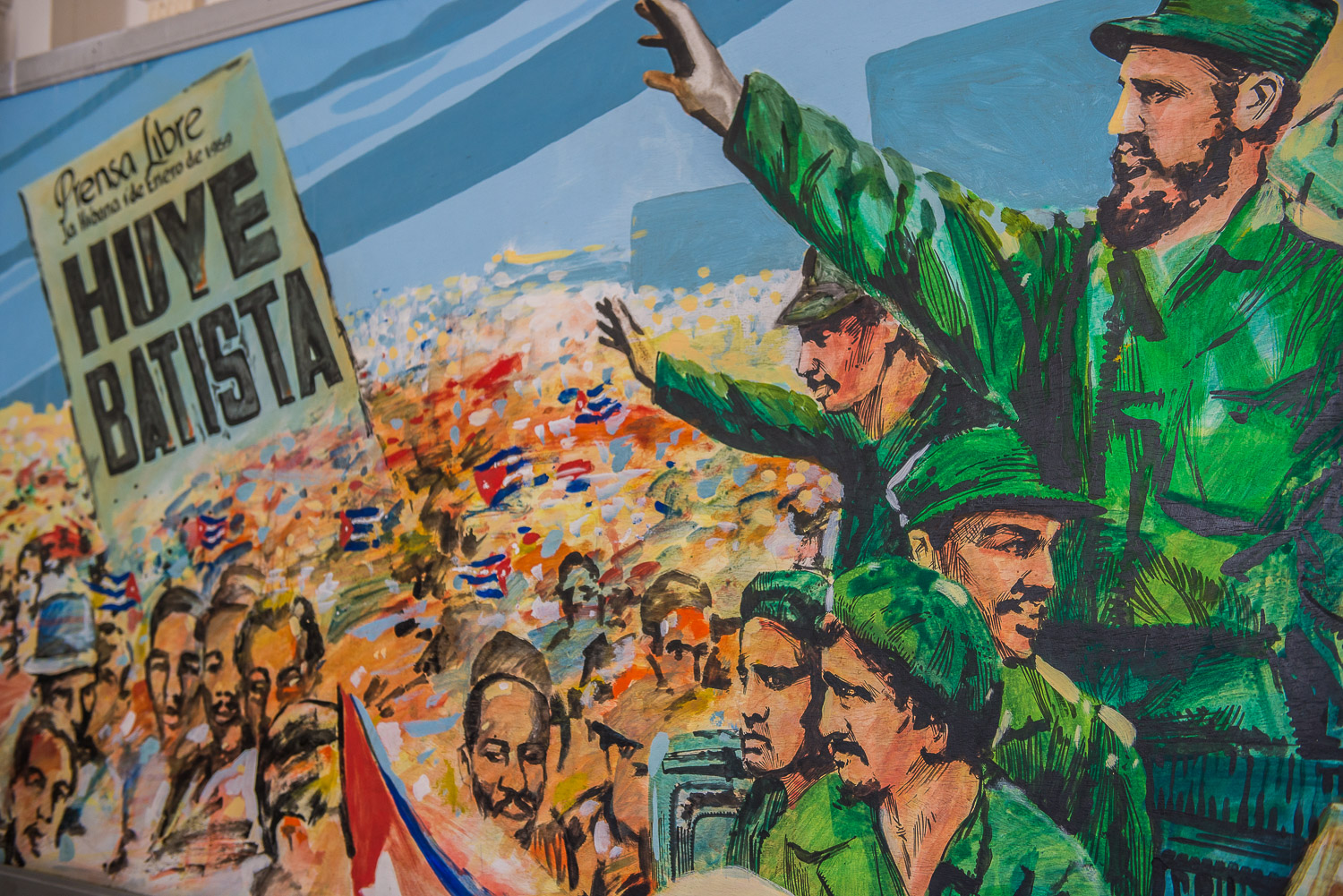
Cuba – 2017
It was dubbed Obama’s Glasnost.
Just before Christmas, in December 2014, the then president announced the opening of relations with Cuba after 54 years.
He called the previous US policy, which sought to isolate the communist government, a failure.
Although the US trade embargo remains in place, Obama started the thaw – and started a flood of interest by US citizens wanting to visit Cuba.
We wanted to beat them to see this mysterious country before it was overrun with tourists, cruise ships and tour buses – and get there before Cuba, emerging from the 1950’s – lost its unique identity.
And we were amongst the first tourists to book the one-hour flight on a U.S. carrier out of Miami when the relationship began to improve.
But, the flight to Havana wasn’t easy. The law still prohibits tourism to the island by American citizens. And to fly out of the U.S., we had to chose from a dozen different categories, selecting one as our reason we were travelling there. We chose a “people to people” exchange and those were the magic words that allowed us into Cuba.
As our jammed Delta flight touched down in Havana, there was a loud cheer and ovation from dozens of passengers, many of whom were Cubans returning home for a visit, now that the regulations were relaxed.
But talk about a time warp. As soon as we arrived in Havana it was clear that with liberalization had come a painful lesson in capitalism, at least for tourists.
The renewed interest in Cuba has led to rapid price inflation – according to our young communist guide – up to as much as 400 per cent. And the state runs most everything – hotels, taxis and many restaurants.
Despite the influx of tourist dollars, improvement is slow- the infrastructure is breaking down throughout the country. We stayed in a architecturally beautiful old hotel, The Raquel, in the centre of old Havana for which we paid around $300U.S. a night.
The room was like a cell: high ceilings, poor air conditioning, uncomfortable beds, noisy and absolutely lousy breakfasts. Our guide warned us the breakfasts in most hotels weren’t good. That was an understatement – the coffee (which ironically the Cubans grow themselves) was a watery gruel. The toast, stale rock-hard bread and the cooked food cold, congealed and inedible.
But worse: we were staying on a tropical island, spending hours walking in extreme heat. So we expected a shower at the end of the day – but like so much of the infrastructure, the plumbing was in desperate need of repair. A trickle of tepid water was the best we could hope for.
And in another hotel we stayed at in Cuba we actually had no water at all for a 24 hour period and we were forced to wash in bottled water.
That said, travelling around Cuba, especially with our young communist guide, was one of the most fascinating adventures we have undertaken – and it was truly an adventure. It really was like travelling though a time machine.
For starters, Havana is full of stunning, old, colonial buildings, often in a state of disrepair, like a faded beauty. But it is slowly gaining its former charm, with restoration work going on everywhere. As a result, it is not unusual to find a stunning new or renovated structure tucked up beside a building, that in most other places in the world, would be condemned. For now, at least, the juxtaposition of luxury and poverty can be startling.

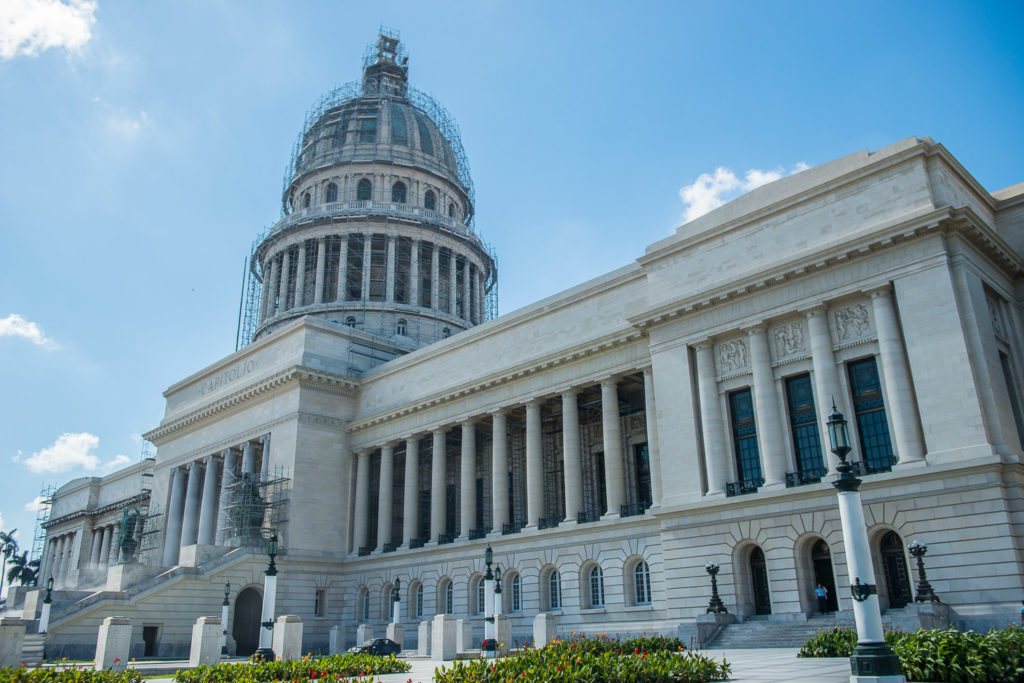
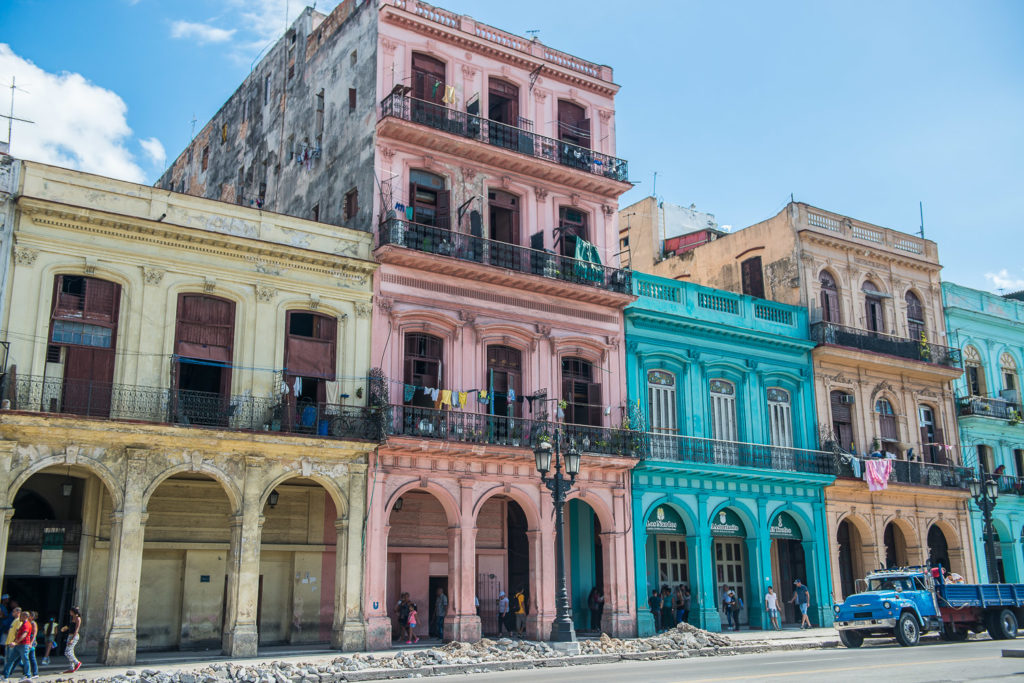

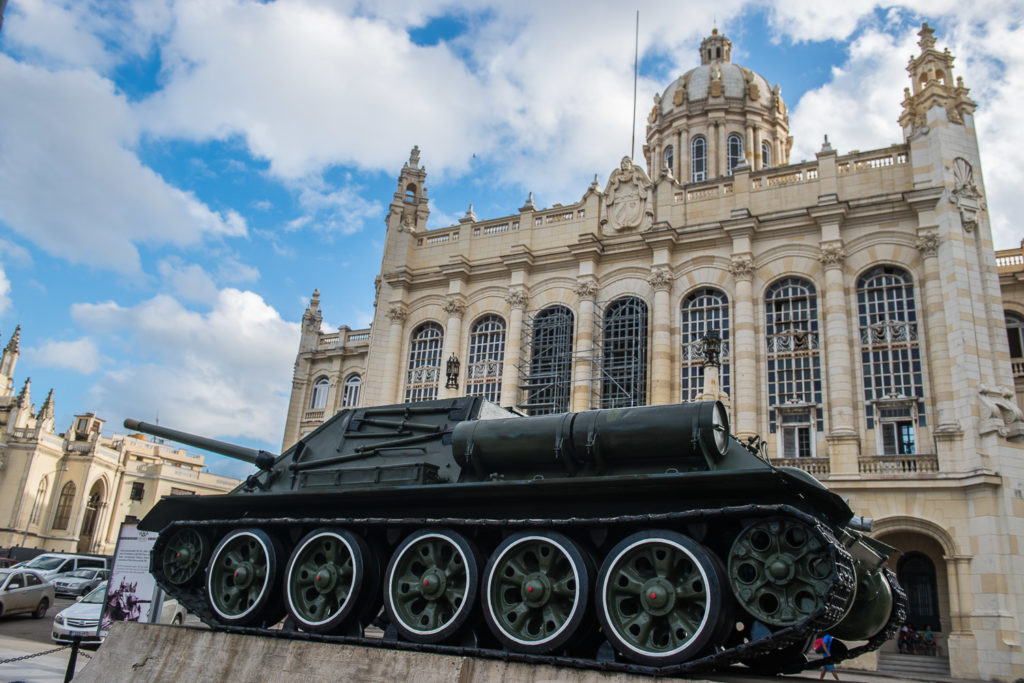
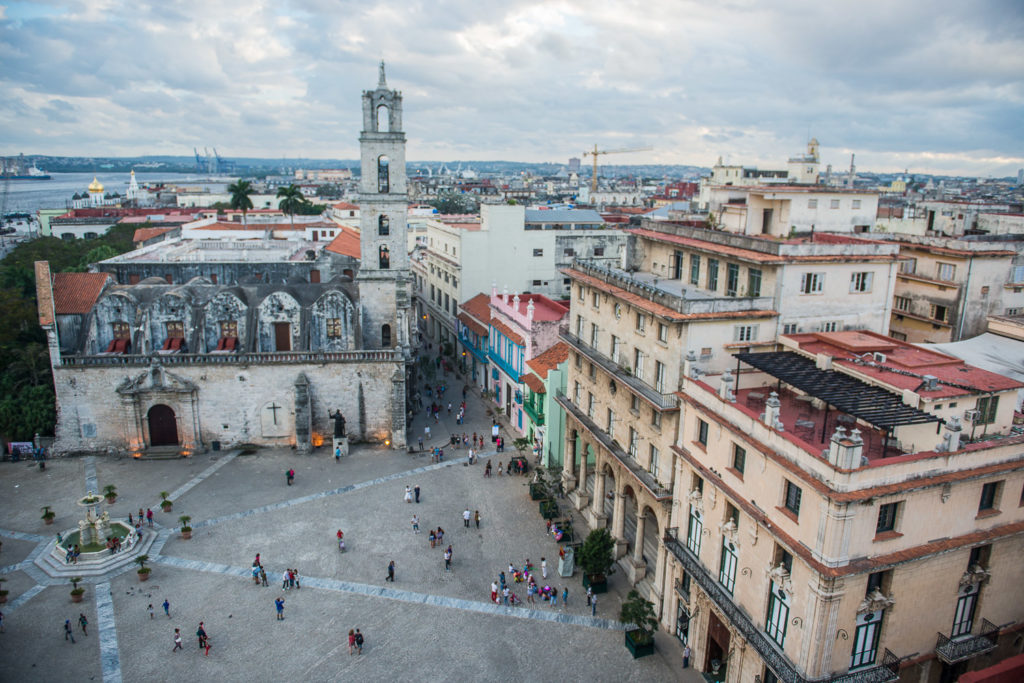
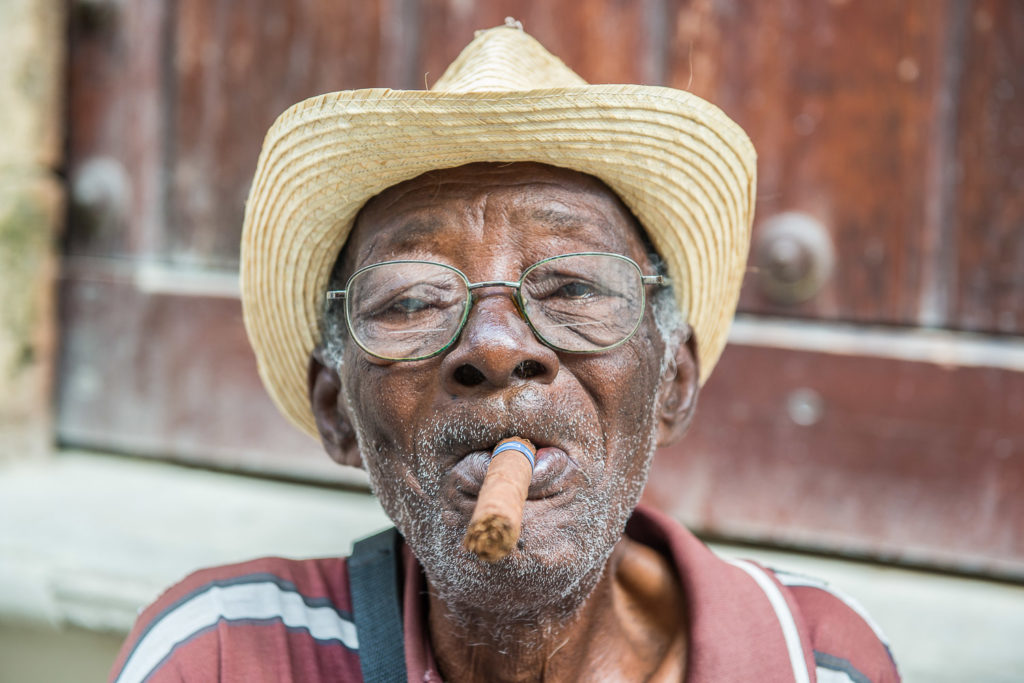
However, there is an abundance of beautiful architecture. My personal favourite was La Cathedral San Cristobal de le Habana, once described by a local novelist as music set in stone
Cobbled streets lead travellers to Baroque churches, castles and palaces and many plazas have been returned to their former glory.
And at the seafront of Havana, the Malecon, is still one of the world’s greatest pedestrian seawalls, albeit in need of a facelift.
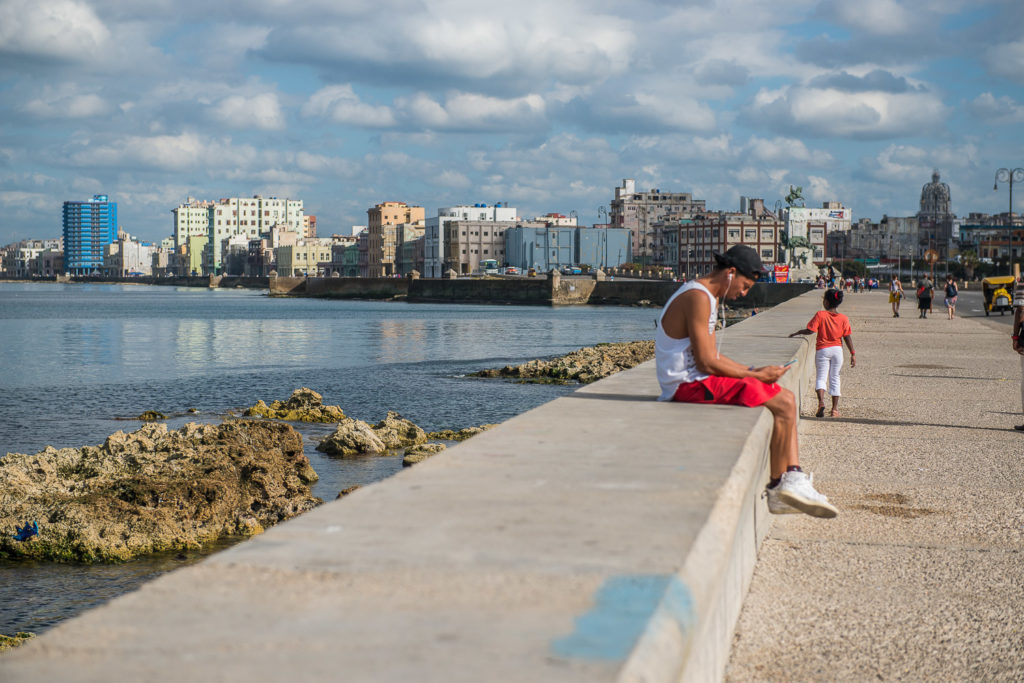
And as you walk along the Malecon there are sounds of salsa music, the clickety clack of dominoes, and most dramatic of all, the streets are full of vintage Cadillacs and Buicks – all from the 1950s when the US broke off relations with Cuba.
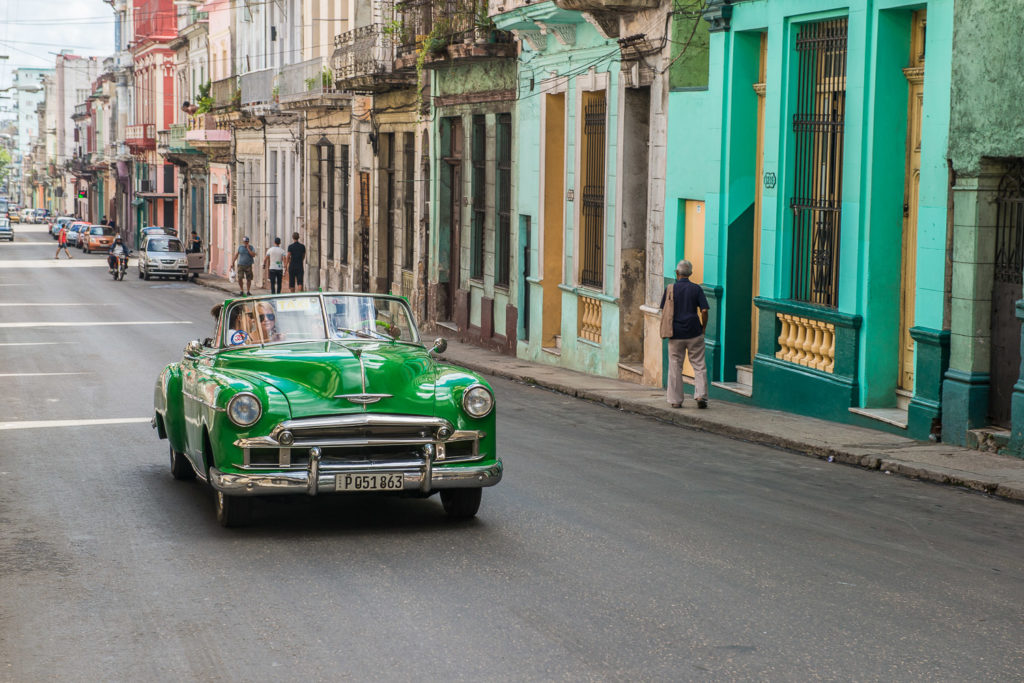
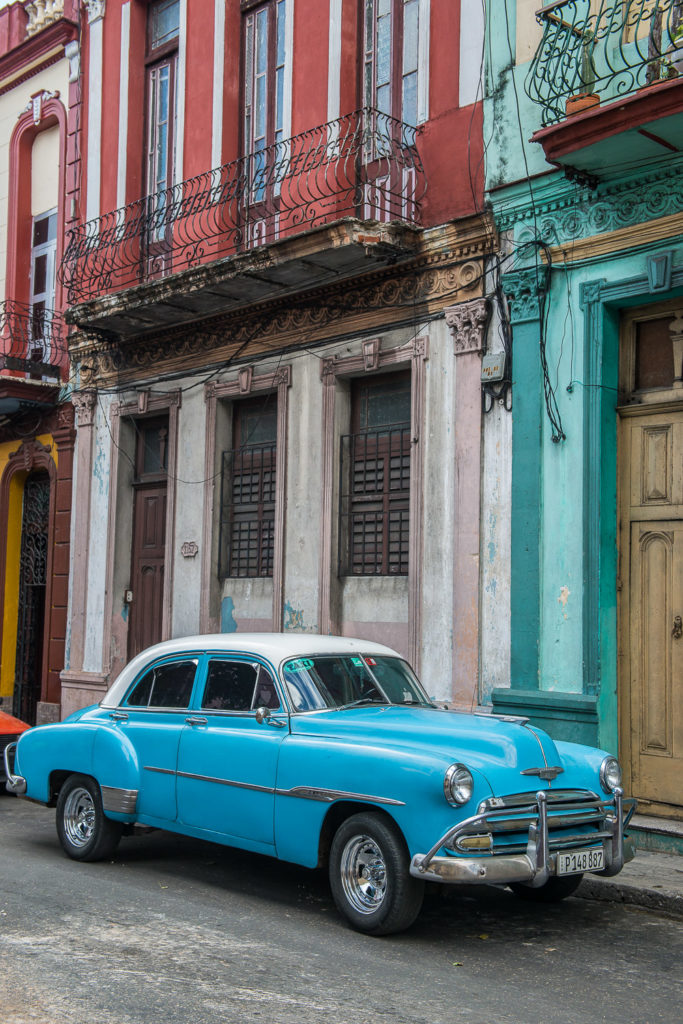
There are estimated to be 60,000 pre-1960 American cars in Cuba, many abandoned by their America owners when they fled the country in 1959.
Indeed the classic cars are really the symbol of old Havana. We drove in several and it was a prerequisite that the driver be a master mechanic, able to keep the 60-year old car on the road. I’d venture to say we didn’t travel in a single classic car that didn’t have at least a million miles on it’s clock.
We walked miles in the heat, but it was the best way to see the old city. And everywhere were street vendors selling local beers and colas. The restaurants, or Paladars, unlike our breakfast experience, were generally top notch. Lots of pork and chicken dishes. And the nightlife was exuberant – especially drinking daiquiris or mojitos, listening to salsa music in the old Hemingway haunts like La Floridita.
We also took time to see a local ballet company perform in one of the most beautiful theatres in that part of the world.
After a gruelling few days in Havana, we set off west to Vinales to see what is a UNESCO world heritage site. Its is breathtaking – dramatic limestone pincushion hills set in the heart of Cuba’s prime tobacco growing region. And, yes, we not only toured a tobacco farm and watched cigars being rolled, but we also both smoked one. And enjoyed it.
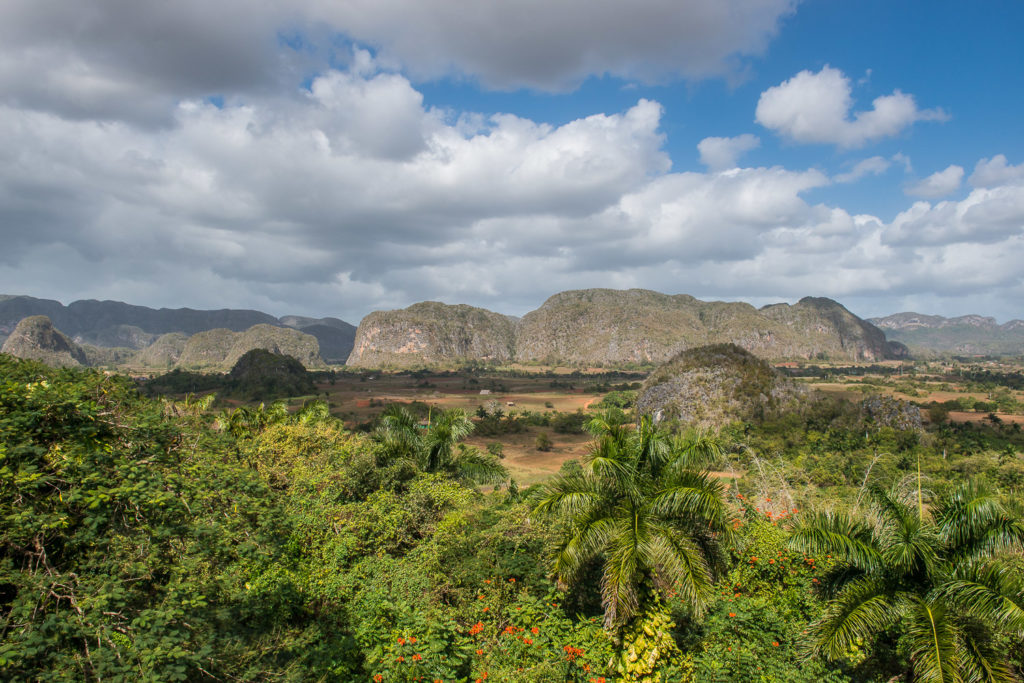
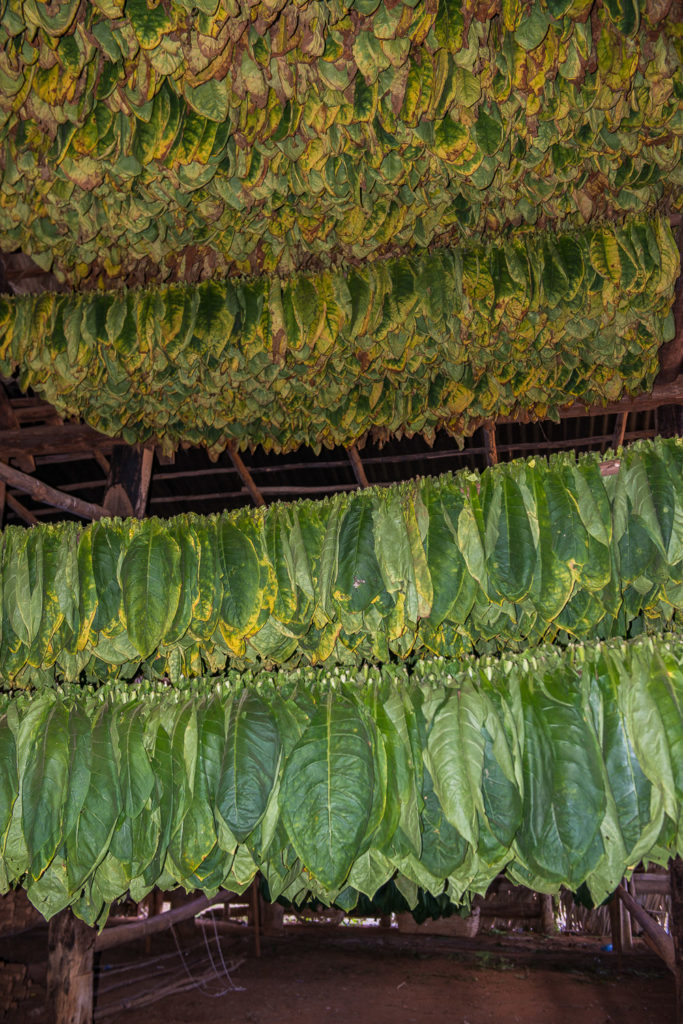
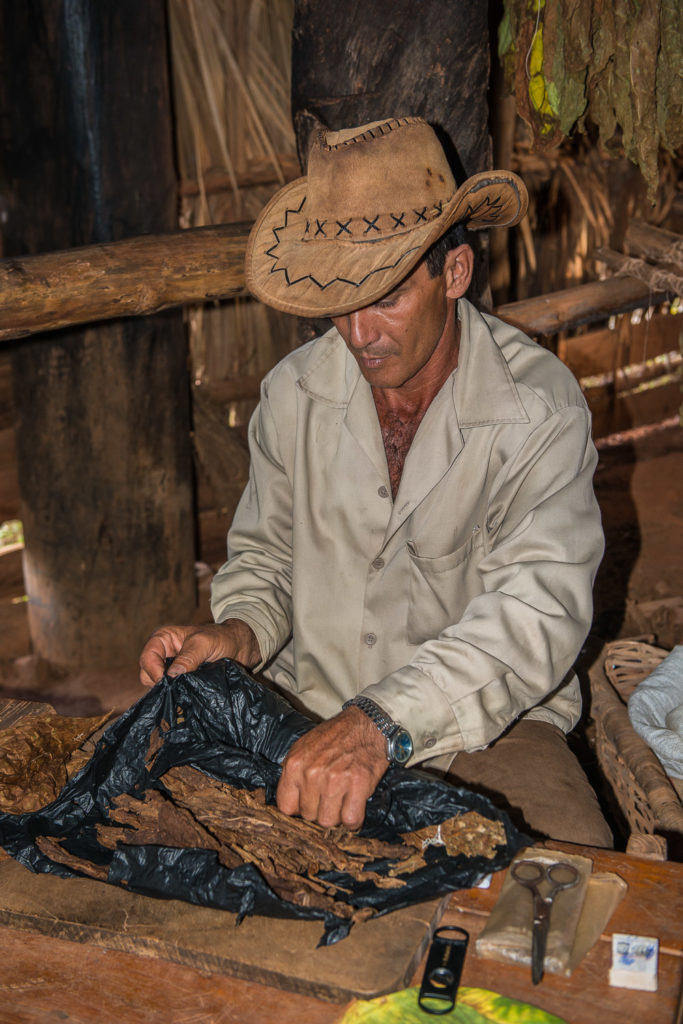
Back to Havana for the night and then we were off to Santa Clara to visit the absolutely fascinating Che Guevara mausoleum and memorial where the remains of the Cuban revolutionary are interred. We learned how Guevara played a pivotal role in the demise of the dictator Batista and about the rise of Fidel Castro – a turning point in the Cuban revolution.
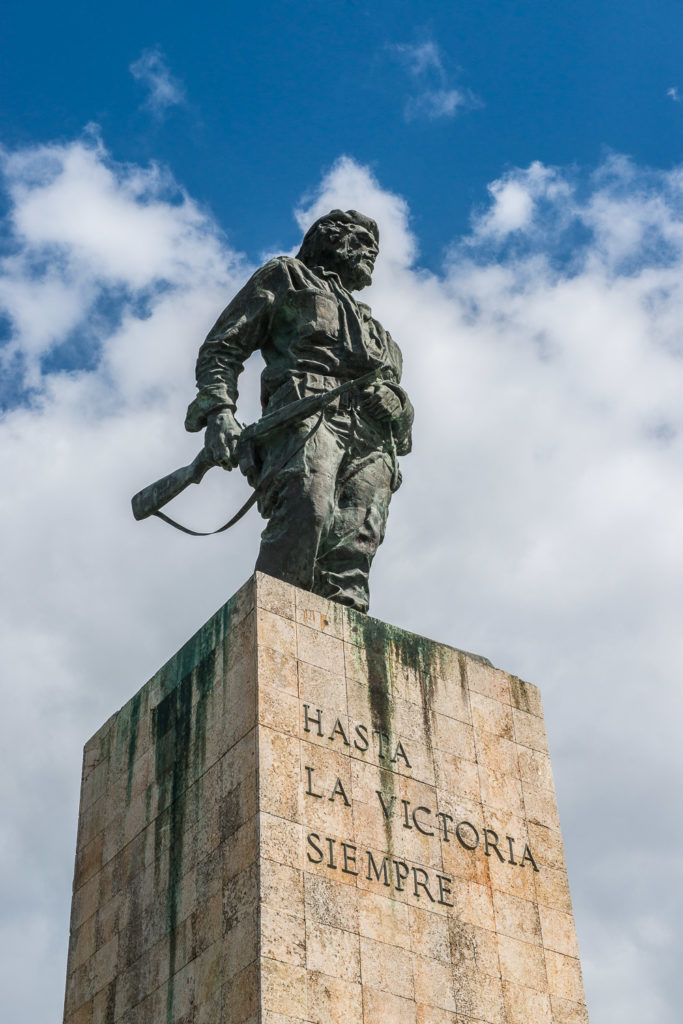
One of the highlights of the trip was a two-day visit to Trinidad – a Cuban jewel. The town is a living museum, founded in 1514. The buildings, particularly in the town centre, are painted in vibrant colours, connected by cobblestone streets, echoing the sound of horse’s hooves.
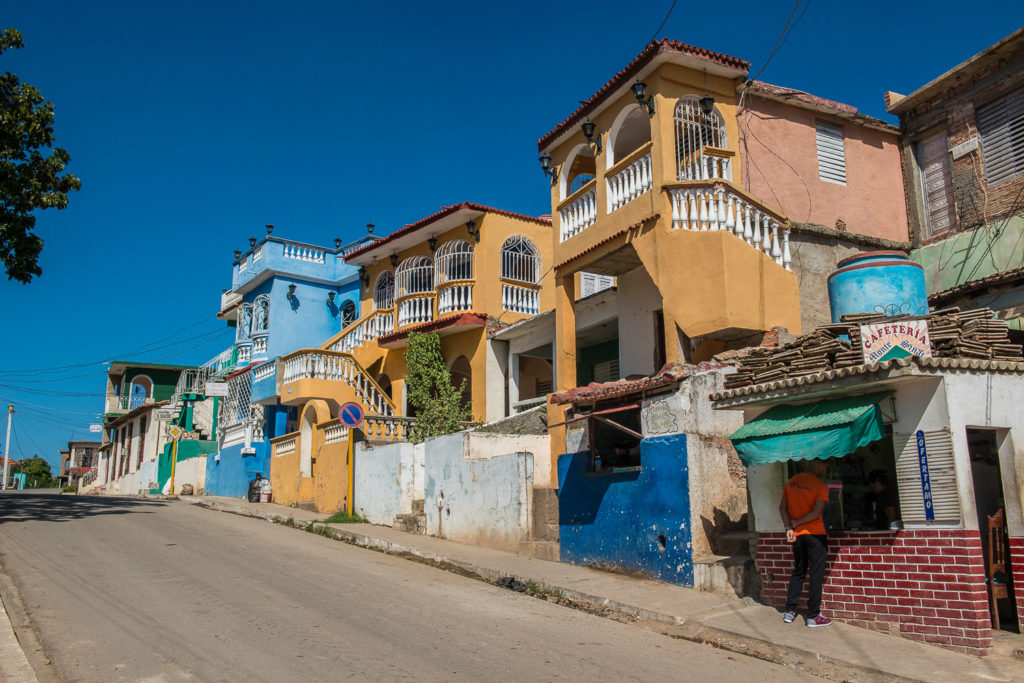
On the five-hour drive back to Havana we made two fascinating stops. Firstly, a town called Cienfuegos, which is reminiscent of Paris because of the French influenced architecture.
And even more interestingly, we stopped at the infamous Bay of Pigs – Playa Giron. This is the area long associated with the USA’s first military failure in Latin America, set on the spectacular Caribbean ocean. A war museum tells the story, complete with newsreel footage, of the Cubans stunning victory -a victory which shook the world.
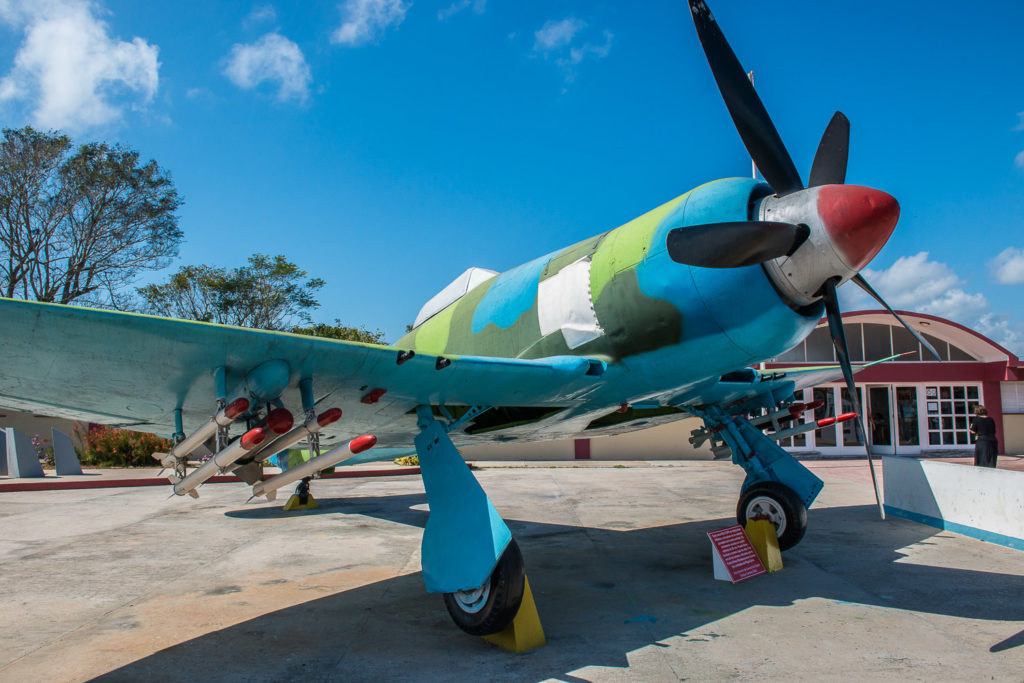

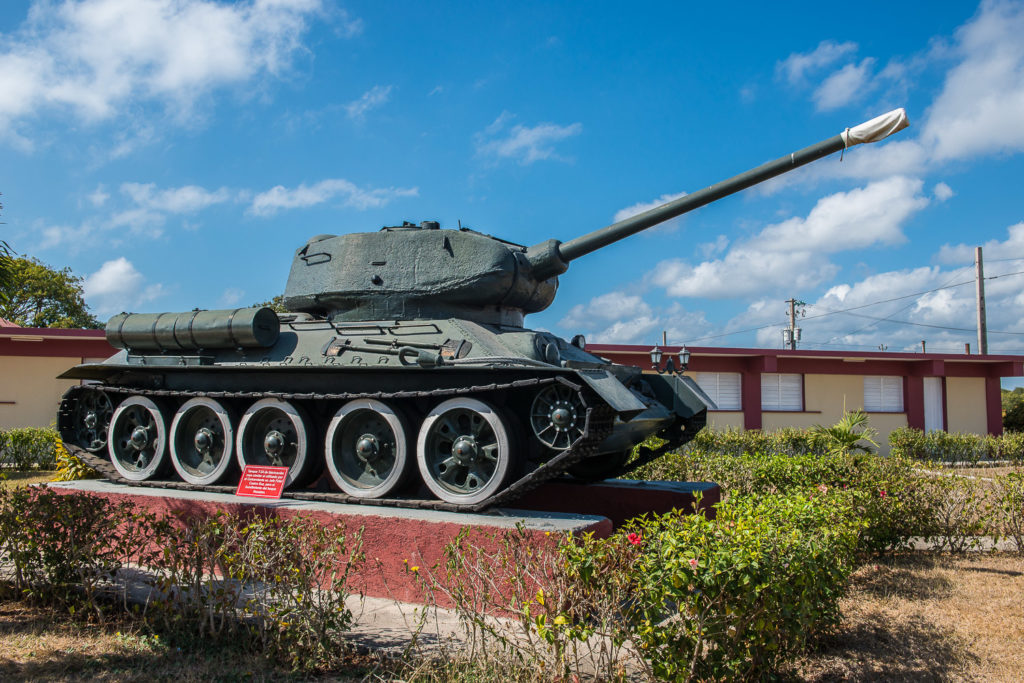
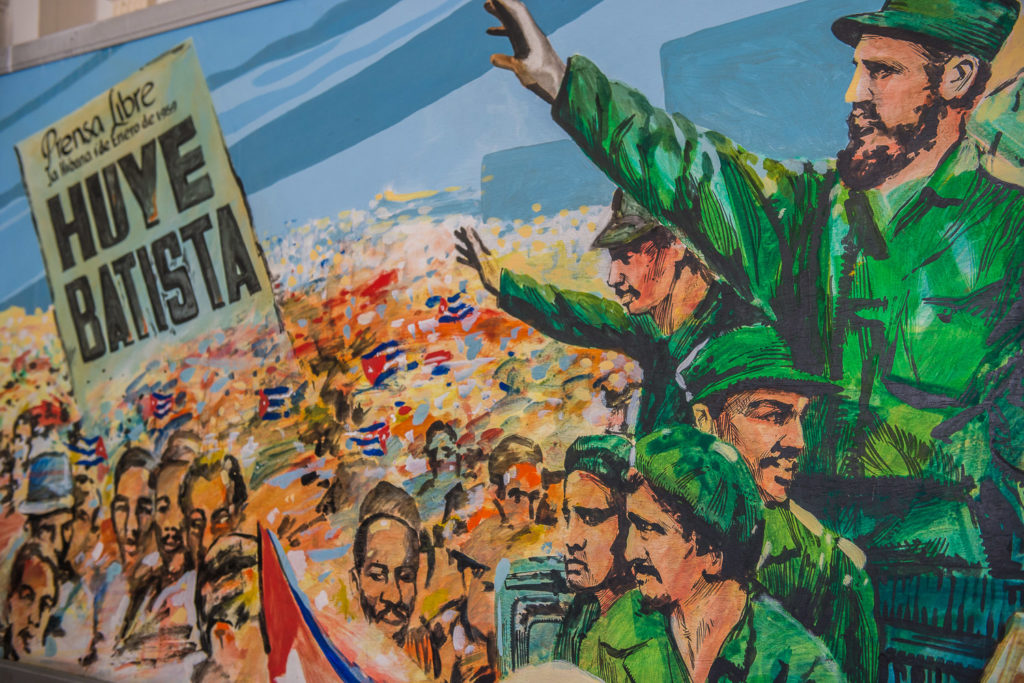
So while our Cuban experience fell under a murky area of U.S. law, our “people to people” exchange was an intriguing if not gruelling, adventure.
The Cuban people are friendly, engaging and go out of their way to help. It is also one of the safest countries we have visited. Cuba is saucy, spicy and colourful in equal measure but it is great deal more than than that.
Having spent time with a young communist and an older comrade: the young man born years after the revolution and the older man, a product of the revolution, we discovered a tale of two solitudes, if you will. There is no question that “the times, they are a’changing”. The new generation is digitally connected to the rest of the world and as a result they are restless and ready to break loose from the constraints of a dictatorship. But it’s not quite what one would expect.
Our young guide, a go-getter, if there ever was one, loved Fidel and is extraordinarily loyal to their revolutionary history. At the same time, he is an active participant in the booming black market. And he feels, and quite rightly so, that no one speaks for him, in government.
And here is the rub. Greed, being an equal opportunities vice, finds some communist party members, selling from ” the back of the truck”, so to speak. Skimming the cream. Then you have the ” peasant class”, for lack of a better word, who patiently stand in line, with their ration books, eking out a meagre existence. A chicken in every pot, Soviet style.
And in between these two groups of people, you have variations on the theme. Some older communist members, who have never known anything else, loyal to the party, working hard to support their families, working within the confines of communist principles.
And then there are those like our guide and like so many other young people we met….. energetic, well educated but with no real opportunity for advancement, creating a thriving underground economy. But often thwarted at every turn.
It seemed to us that Cuba suffers from a failed grand experiment. I think the young Che and Fidel were on to something but the fates conspired against them and the embargo has nearly destroyed them. If some or many of them can abandon the mantle of “victimhood” ( justified or not), the new generation, given half a chance under a responsible, representative government and without the crippling embargo, have the potential to create a vibrant, progressive and successful state.
As Hemingway once wrote: “The world breaks everyone, and afterwards, many are strong at the broken places.” Viva Cuba!
To wind down after a whirlwind visit to Cuba, we took a seven day cruise to the Western Caribbean. There was an ulterior motive….this was to include my seventh, and last, Wonder of the World: The Maya ruins at Chichen Itza. (See: Seven Wonders of the World in the GALLERY section of this website.)
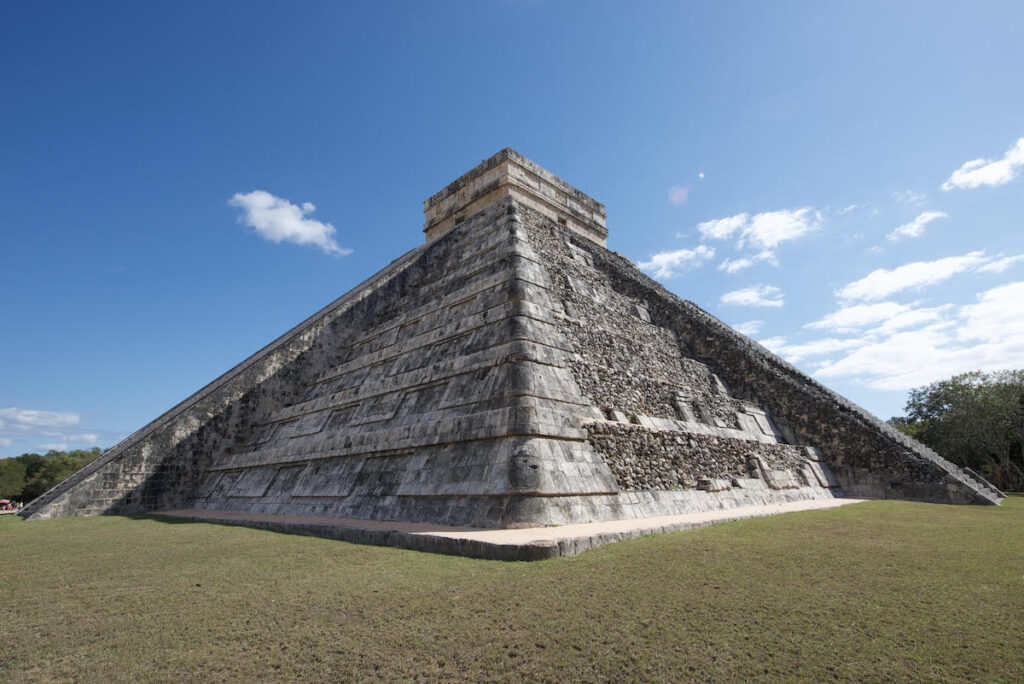
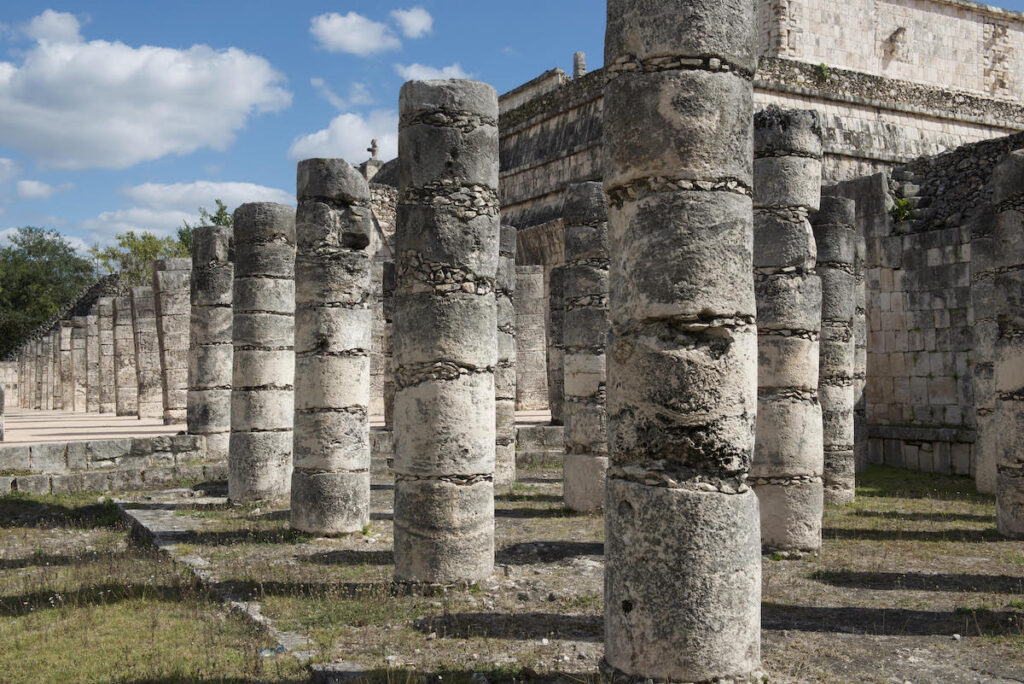
And what a wonder.
One hundred and twenty miles west of the resort destination of Cancún is Chichén Itzá, widely considered to be one of Mexico’s best-restored archaeological sites.
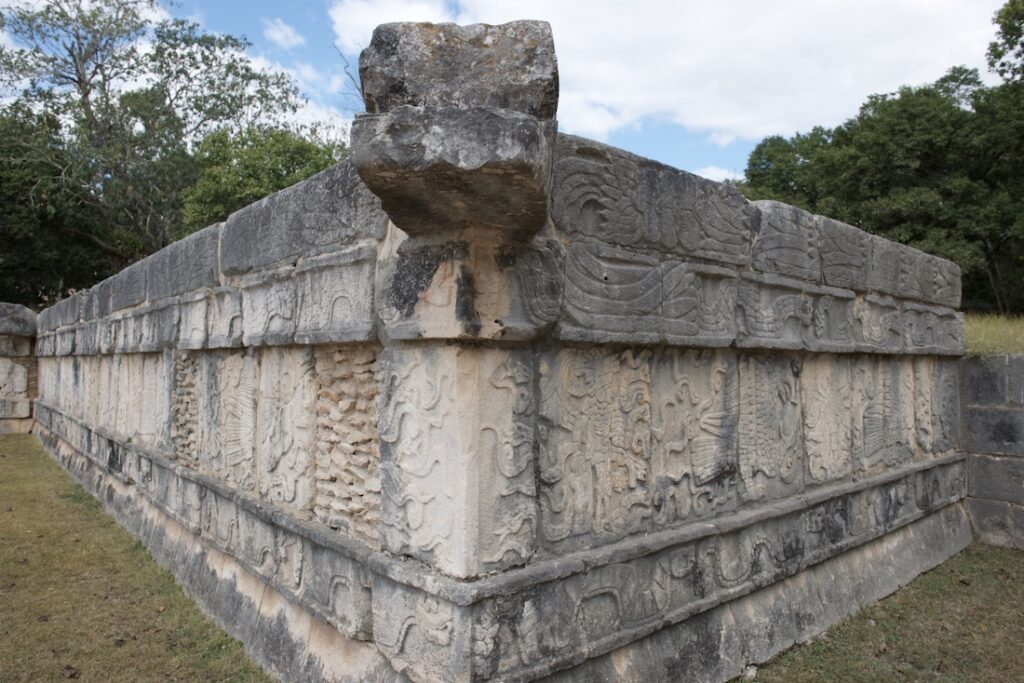
With only the briefest of interruptions, Chichén Itzá served as a sacred Mayan site for more than 700 years, and by the 11th century had become the political and religious capital of a revived Mayan empire under Toltec rule.
Now a UNESCO World Heritage Site, Chichén Itzá is one of the country’s most popular tourist attractions, luring more than a million visitors annually.
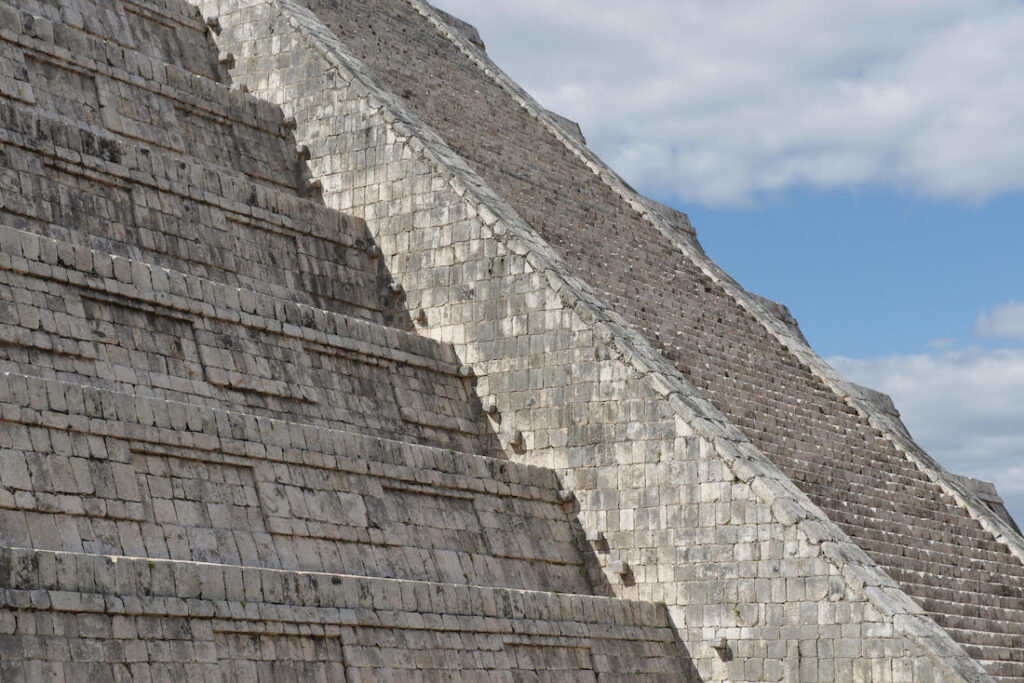
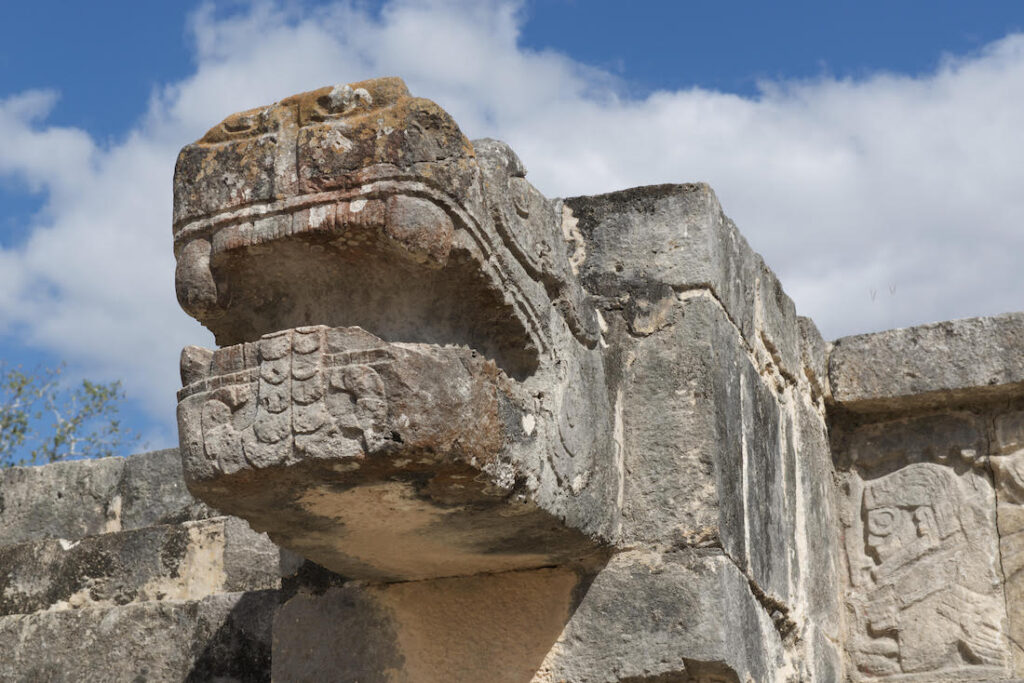
The ruins are full of extraordinary pyramids and carvings, and our guide explained the collision of Toltec and local Mayan cultures and their fascination with jaguars, eagles, snakes and sacrifice.
The archaeological site takes up about four square miles and it will take all day to see it properly. The temples are laid out in such a fashion that they represent time, akin to an enormous calendar.
Much of the Mayan and Toltec cultures are still a mystery. This doesn’t take away from the immense feeling of size and grandeur of this location: even when it is full with tourists, there is so much space that, aside from the main temple which tends to become crowded, you can feel quite relaxed wandering around the park.
Next stop: the Grand Cayman Islands.

In the beginning there were three uninhabited islands in the western Caribbean. So small and flat were they that when Christopher Columbus came across them in 1503 he didn’t trouble to go ashore. In 1670 Britain took control of the islands – by then known as Grand Cayman, Little Cayman and Cayman Brac – and settlers began to arrive, apparently undeterred by the caimans, mosquitos and scarcity of drinking water.
Legend has it that King George III granted the islands tax-exemption status after locals rescued his son from a shipwreck – though it’s more likely that they just didn’t produce anything worth taxing.
Their income now comes mostly from tourism and financial services. All the same, the development of the biggest island, Grand Cayman, has been relatively recent. Now there are dozens of resorts lining the gracefully arcing Seven Mile Beach (actually five and a half miles) on the island’s west coast.
There are office blocks for the offshore companies, tax-free shops for the cruise passengers, condos for the well-off and beachfront mansions for the super wealthy.
In truth, Seven Mile Beach is a tiny bit like Miami these days. But the similarity fades once you get beachside with the warm, turquoise sea in front of you.
There are some beautiful beaches, too, though if all you want is to lie under a palm tree with a book, there are nearer, less expensive Caribbean islands.
Which took us to Labadee, Haiti, and Montego Bay, Jamaica. The coastland near Montego Bay is occupied by numerous tourist resorts, most newly built.
The Chinese occupy important roles in the city’s economy especially in retail where Downtown Montego Bay is home to many shops and supermarkets owned by Chinese immigrants. The city’s East Indian population also play a key role as they operate many gift and jewelry shops in the city which are mostly geared to tourists.
But, for us, one of the most exciting things to see in the area was Usain Bolt’s high school – William Knibb Memorial – where the future six time Olympic gold medal winner started his career setting school records. During his years as arguably the greatest sprinter the world has ever seen, he donated $1.3million to the financially challenged school.
The city is also home to the beautiful Doctor Cave’s Beach.
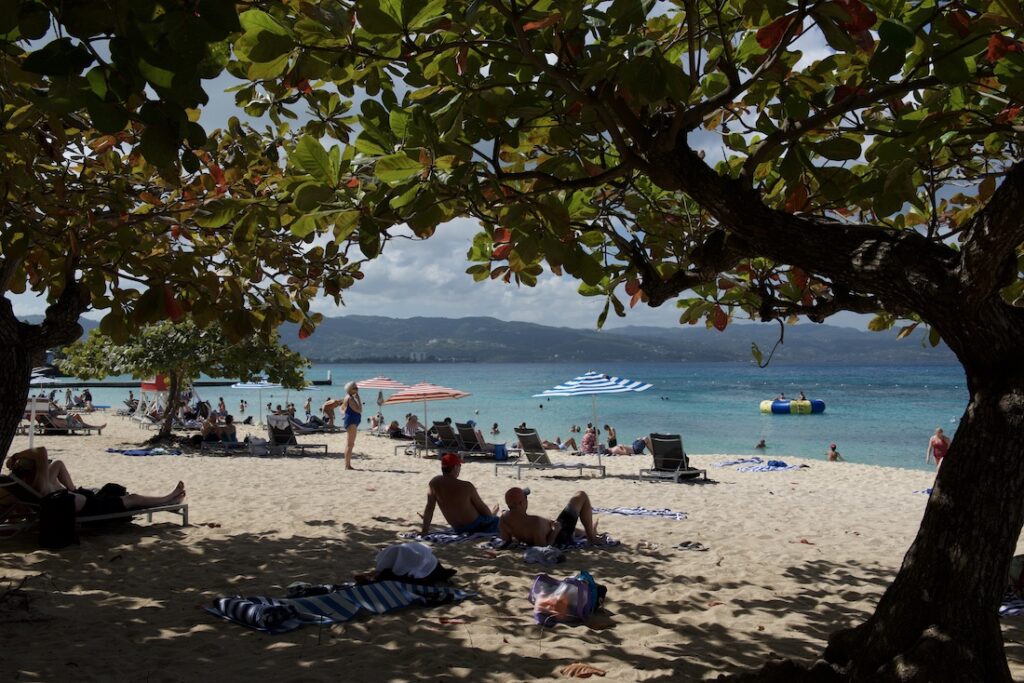
Alexander James McCatty had founded a sanatorium in Montego Bay in 1880. He allowed his friends, including several doctors, to bathe at his small beach, which was entered through a cave. In 1906 he donated the property to the community, and the private members club was formed, which continues to this day.
The beach has a broad swath of clean, near-white sand some 600 feet long. It is fringed by trees, and has facilities: bar, restaurant, changing rooms and showers.
As well as for members, the beach is open to the public for a fee.
The beach is also part of the protected Montego Bay Marine Park, which has many species to be seen on coral reefs which can be viewed by snorkelers.
Life is better in flip flops!
